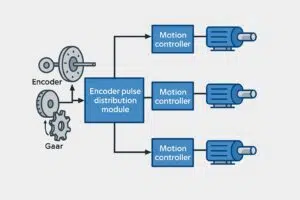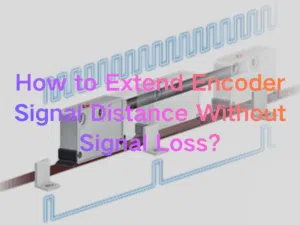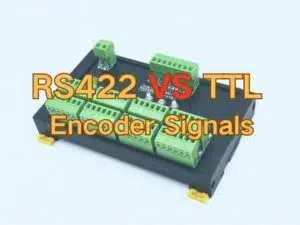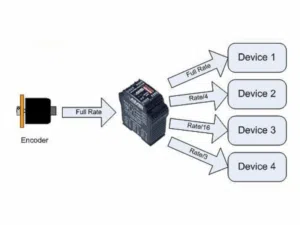Push-in terminals, also known as push-fit connectors, spring cage terminals, or tool-less connectors, play a critical role in modern PLC and automation systems. These connectors simplify wiring processes, reduce maintenance time, and ensure reliable electrical connections in complex industrial environments. In this article, we explore common wiring challenges in PLC and control panels, how push-in terminals address these issues
Wiring Challenges in PLC & Control Panels
Automation and control panels often face several wiring challenges:
- High wiring density leading to complex, error-prone connections.
- Time-consuming installation with traditional screw terminals requiring tools.
- Risk of loose connections due to improper screw torque or vibration.
- Maintenance difficulty in systems with tightly packed wiring harnesses.
- Need for fast and flexible wire changes to adapt to system upgrades.
These challenges can cause delays and reliability issues if not properly addressed.
Traditional screw-type terminals often cause long installation times, loose connections, and potential errors due to human tightening differences. In high-density PLC cabinets, this not only slows production but also raises maintenance costs and risks of downtime.
To solve these challenges, engineers have gradually shifted toward push-in terminals for PLC wiring, which provide a faster, more secure, and maintenance-free solution.
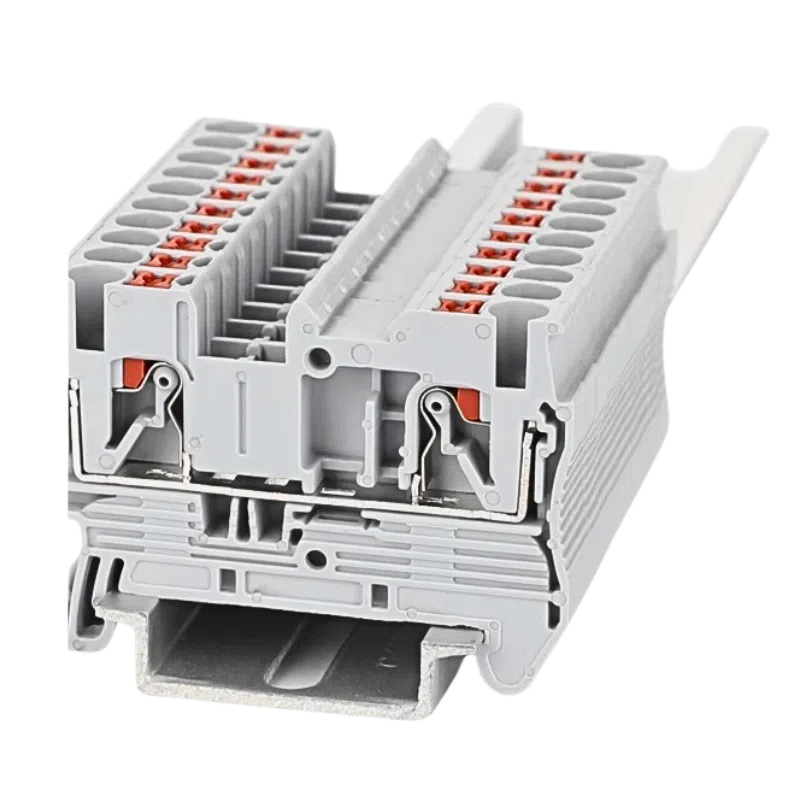
Push-in Terminal Blocks for DIN Rail Mounting | Direct Factory
- Tool-free push-in connection, saves wiring time
- Multi-level (2-tier/3-tier) options for compact panels
- 2.5–6 mm² / 24V–600V / feed-through & grounding
- Phoenix/Weidmüller equivalent models available
How Push-in Terminals Simplify PLC Wiring
Push-in connection technology allows the conductor to be directly inserted into a spring clamp without using tools. For control panel builders, this means:
- 70% faster wiring compared with traditional screw types.
- No torque calibration — the spring maintains consistent pressure.
- Zero re-tightening, even after years of vibration.
- Simplified inspection: a visual check is enough to confirm proper contact.
In PLC applications, time and reliability are both critical. Push-in terminals ensure that even under high vibration or temperature changes, signal and power connections remain stable.
For example, in an assembly line using Siemens or Omron PLCs, hundreds of I/O points need to be wired to field sensors. By using push-in technology, the entire process can be completed in hours instead of days, significantly reducing commissioning time.
For a deeper comparison, read Why Push-in Blocks Are Ideal for PLC and Control Panel Wiring.
Automation System Applications
Push-in terminals are widely used across multiple areas of industrial automation:
- PLC Control Cabinets
The main control cabinet houses power supplies, PLC modules, and communication devices. Push-in terminals help connect I/O modules, relays, and distribution circuits efficiently, allowing compact cabinet designs.
- I/O Signal Modules
Each I/O module typically handles 8–32 signal lines. Push-in connectors enable quick, error-free wiring for sensors, actuators, and digital/analog signals.
They also support multi-level terminals, where both input and output can be stacked vertically, saving up to 30% of cabinet space.
- Sensor and Field Distribution Boxes
In distributed automation, sensors and actuators are mounted near machines. Push-in junction terminals simplify the interface between field wiring and the control system, ensuring strong vibration resistance and easy replacement.
Such connectors meet the demanding requirements of industrial environments by providing secure, vibration-resistant contacts.
Recommended Models for PLC Systems
| Model | Pitch (mm) | Wire Range (mm²) | Rated Current (A) | Application |
| PT1.5 | 2.5 | 0.2–1.5 | 17 | Small signal wiring |
| PT2.5 | 3.5 | 0.5–2.5 | 24 | Standard PLC I/O connection |
| PT4 | 4.2 | 0.5–4 | 32 | Power supply modules |
| PT6 | 6.2 | 1–6 | 41 | Output control wiring |
| PT2.5-3L | 3.5 | 0.5–2.5 | 24 | Multi-level space-saving wiring |
All AOSI terminals comply with UL 1059 and IEC 60947-7-1 standards and can directly replace Phoenix PT and Weidmüller A-Series products in control cabinets.
Explore full product details on the Push-in Terminal Block product page.
FAQs of Push in Terminal for PLC
A1: Yes, push-in terminals provide secure, tool-free wiring solutions widely adopted in PLC control cabinets and automation panels for reliable connections.
A2: Typical wire sizes range from 0.2 mm² to 6 mm² depending on current and voltage requirements; push-in terminals support this range with models tailored for PLC applications.
A3: Push-fit connectors, spring cage terminals, and tool-less DIN rail terminal blocks are common synonyms.
A4: Most push-in terminals support solid, stranded, and ferruled conductors, ensuring versatile wiring options.
A5: They allow multiple signal layers (e.g., input + output + grounding) in one compact block, saving up to 30% of cabinet space.
A6: Yes. As long as both meet the same rated specifications, hybrid wiring layouts are possible — ideal for gradual upgrades.
Conclusion
Push-in terminals have become an essential part of PLC wiring and automation control systems. They offer faster installation, stable electrical performance, and compact design advantages that traditional terminals can’t match.
Whether in production lines, HVAC control, or smart factory equipment, push-in technology improves reliability while reducing cost and maintenance time.
To explore detailed specifications and CAD drawings, visit the Push-in Terminal Block Series for automation and control solutions.


